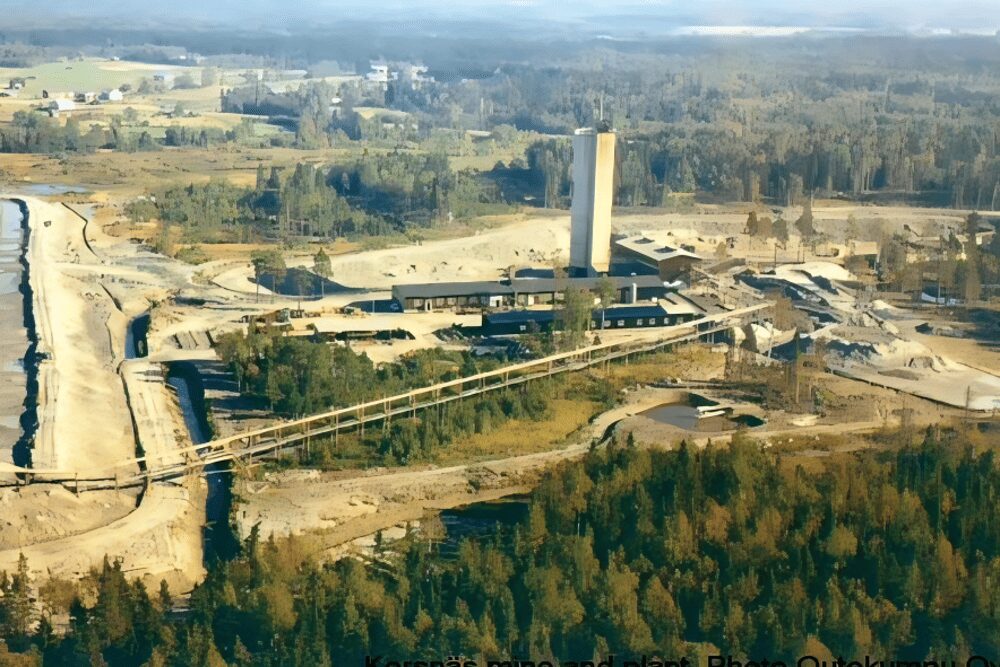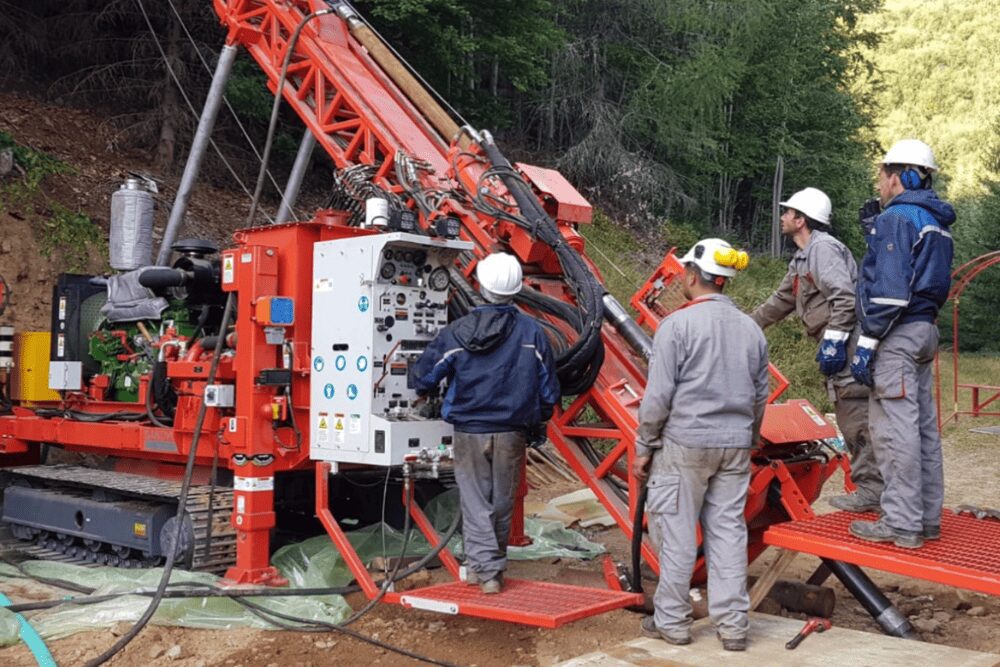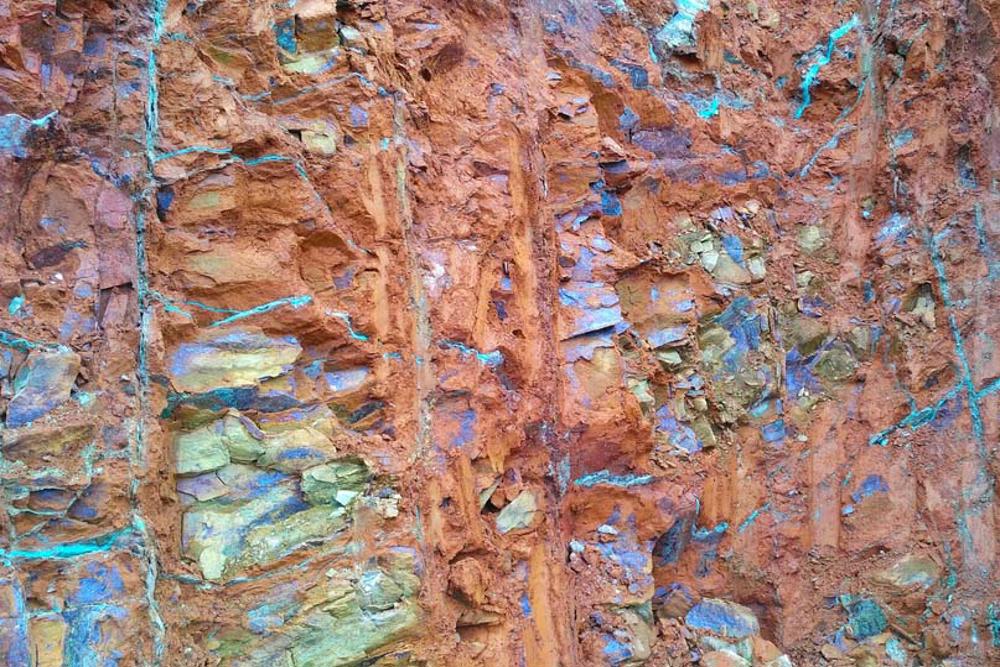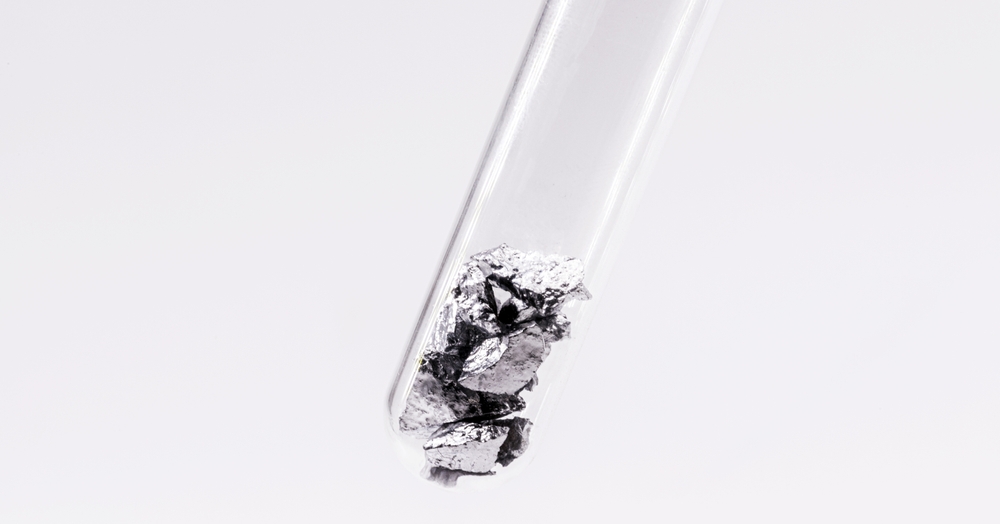
Prospech Limited (ASX:PRS) has reported impressive assay results from its ongoing sampling program at the Korsnäs Project in Finland.
The latest findings confirm high concentrations of heavy rare earth elements (HREEs), particularly terbium (Tb) and dysprosium (Dy), which are critical for high-strength magnets used in clean energy technologies.
Assays from 307 samples across 25 historic drill holes revealed significant HREE concentrations:
- KR-272: 11.4m @ 13,383 ppm TREO, including 4.0m @ 32,831 ppm TREO with 40.9 ppm Tb₄O₇ and 227.4 ppm Dy₂O₃
- SO-187: 17.4m @ 9,798 ppm TREO from surface, including 3.0m @ 48,465 ppm TREO with 86.0 ppm Tb₄O₇ and 313.4 ppm Dy₂O₃
These results build upon previously reported assays, confirming the presence of broad high-grade REE mineralisation.
The Korsnäs Project‘s potential as a key source of terbium and dysprosium is particularly significant given current supply chain disruptions.
These elements are essential for high-temperature magnets used in electric vehicles, wind turbines, and high-efficiency motors.
Jason Beckton, Managing Director of Prospech, emphasised the project’s strategic value: “With current supply disruptions in China, securing a stable source of these materials is more important than ever.
“Prospech is looking to meet this need, positioning itself as a dependable future supplier of magnet critical HREEs.”
The Korsnäs project, located in Finland, hosts extensive rare earth element (REE) zones that remain open along strike and at depth.
The deposit features layered carbonatite structures up to 20 metres thick, correlated with gravity anomalies extending over a five-kilometre strike length.
Prospech’s commitment to thoroughly assessing the enriched zones at Korsnäs reflects confidence in the project’s potential.
The company aims to play a key role in strengthening the resilience of global rare earth supply chains for the long term, supporting the growing demand for sustainable energy technologies.
As Prospech continues its exploration and development efforts at Korsnäs, the project’s potential to become a significant source of critical rare earth elements for European markets remains promising.













